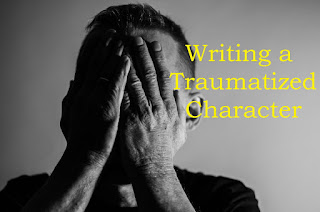Ok, so let us begin this interesting journey together...
Step 1: Come Up With Some Interesting Characters
Ok, so this is pretty easy for some people, but not so for others. Basically, come up with a handful of characters, and when I say this, I mean get really deep into making them and getting to know them yourself. You need the basic list, at the very least, and some interesting side characters as well.List of Basic Needed Characters:
- Protagonist(s)
- Antagonist(s)
- Mentor(s)
- Tempter(s)
- Side Kick(s)
- Sceptic(s)
- Emotional(s)
- Logical(s)
(I do actually recommend reading this post, it's quite interesting)
Moving on!
So, you now have a list of types of characters to come up with. This means it's time to get to work creating lovable/despicable/whatever kinds of characters for your story. Backstories, personalities, all sorts of fun things. Really, this is probably one of the best parts of coming up with a story, just keep in mind that you're going to be writing these characters, so make sure you know them and how they interact with the scenarios you put them through.
You see where I'm going here? Continue on with questions, get to know your character before your write them, it makes a difference. If you know your character, you can write your character, make sense?
Step 2: Setting?
This is a pretty simple concept.Where does your story take place? When is it? does it scatter across time/space/dimensions/etc./all the above? What's happening around your characters in whatever world/time/dimension/whatever about the time the story starts? News? Media? What's happening and where?
(NOTE: I wish the best of luck to whoever is coming up with their own world. You and I are in the same boat dude, its tough and a journey)
Step 3: Problem?
What is kicking off this story?Basically what this is is the question as to what calls your Protagonist(s) into action. What has the Antagonist(s) done to the world happening around the Protagonist(s), that they feel like they need to do something about it?
Step 4: Write Write Write
Seriously, getting around to writing is probably the hardest part.Just getting to work, however, actually kind of helps. I know I'm never really inspired until I'm writing on my keyboard, so really, just find what works for you and STOP PROCRASTINATING! YOU GOT THIS DUDE!!!!
I Hope this was helpful in some way :3
~Rey Brooks











